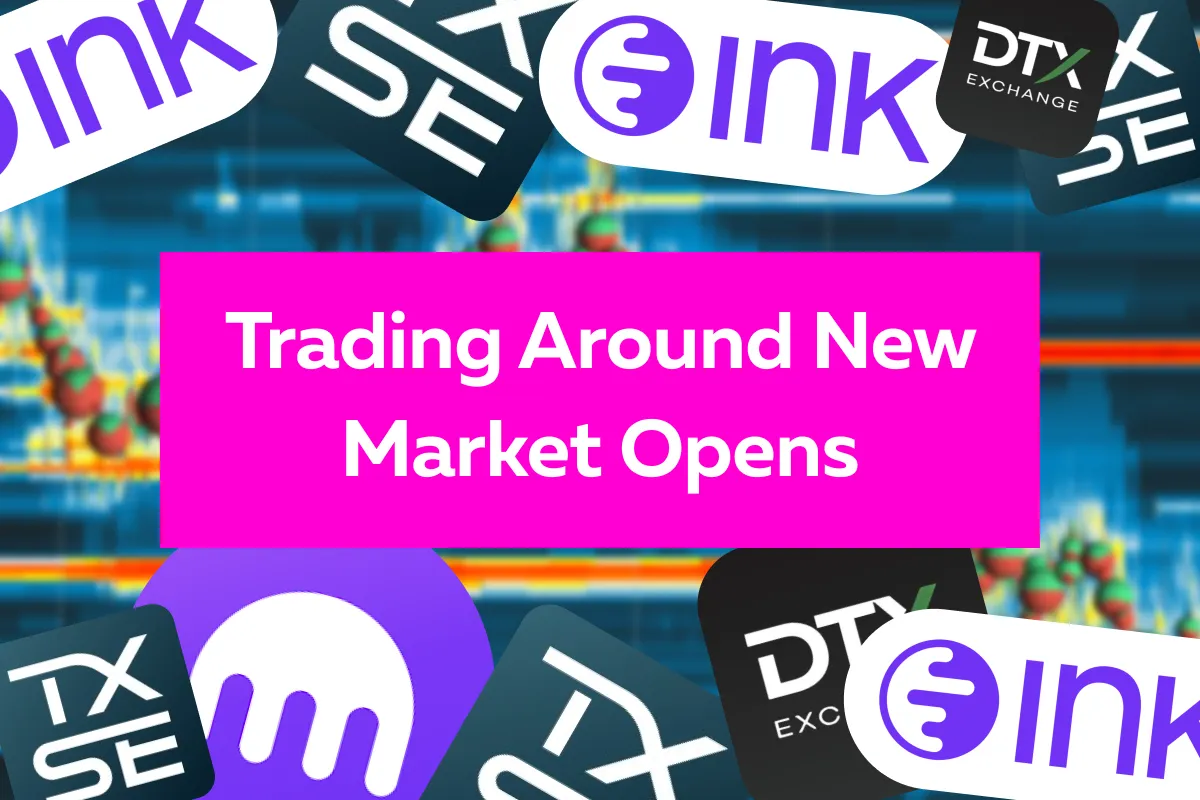Ready to see the market clearly?
Sign up now and make smarter trades today
News & Announcements
January 27, 2025
SHARE
Trading Around New Market Opens: 2025 Exchange Launches
Trading on new exchanges is like exploring a new city! There’s excitement and opportunity, but you need to watch your step. As 2025 approaches, several new market exchanges are set to launch. They offer traders:
- Innovative platforms,
- Unique products, and
- Access to emerging markets.
However, alongside these opportunities come risks. Every trader should understand them before starting to trade. Want to make your trade around new exchanges profitable?
In this article, we’ll break down the key factors of trading on new exchanges. You will learn about liquidity challenges, regulatory risks, and market manipulation concerns. We’ll also discuss how technological advancements and niche products can provide fresh opportunities for diversification.
Also, you will see how to deal with the risks of trading new exchanges while leveraging tools like Bookmap and strategic approaches such as limit orders and diversification. Let’s begin and understand how you can position yourself for success in these exciting and emerging markets.
Upcoming Exchange Launches in 2025
In 2025, there are several upcoming platforms. These exchange launches are expected to evolve trading venues and increase emerging market liquidity. Also, they drive innovation in both traditional and digital markets. Let’s have a look at new market exchanges set to launch in 2025:
1. Texas Stock Exchange (TXSE)
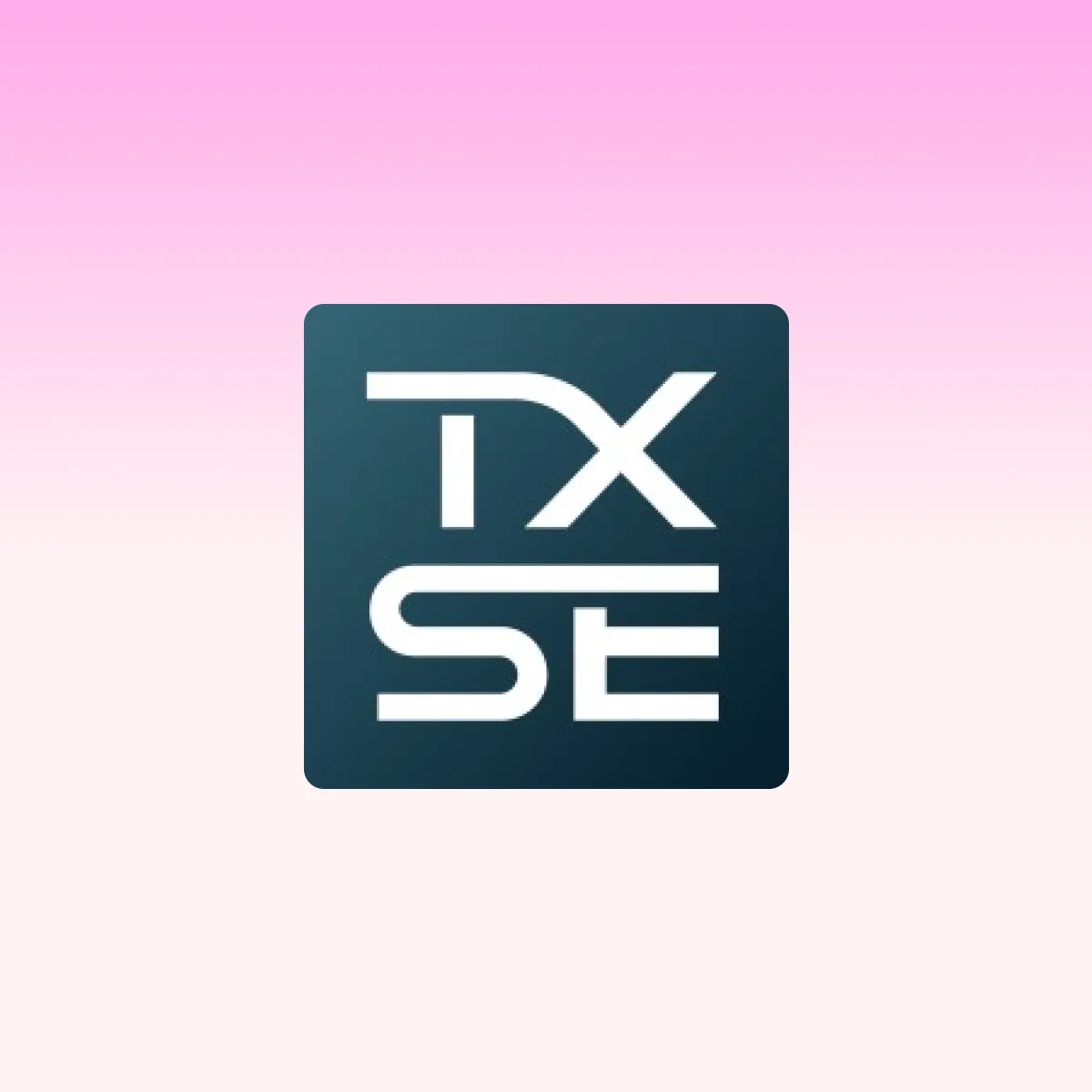
The Texas Stock Exchange (TXSE) is based in Dallas. It is set to launch in late 2025. This exchange is supported by investments exceeding $135 million from major financial players, including BlackRock and Citadel Securities.
It is expected that this new exchange will challenge the dominance of the NYSE and Nasdaq. TXSE will offer a platform for:
- Double listings,
and
- Prioritizing exchange-traded funds (ETFs).
Also, TXSE intends to attract U.S. and global companies to participate in its equity markets.
Trading Opportunities:
When it comes to trading opportunities, TXSE could enhance emerging market liquidity. It can provide a competitive alternative for trading equities and ETFs. The platform’s launch is also likely to attract new market participants seeking diversified trading options.
2. Kraken’s ‘Ink’ Blockchain

In early 2025, cryptocurrency giant Kraken will debut its proprietary blockchain, “Ink.” This exchange is built on Ethereum Layer 2 technology. Moreover, the blockchain is designed to:
- Optimize decentralized finance (DeFi) activities,
- Enable seamless trading,
- Easy borrowing and lending without intermediaries.
Also, Ink’s architecture emphasizes scalability and cost-efficiency. This makes it a promising solution for DeFi adoption.
Trading Opportunities:
The launch of Ink could change how traders analyze liquidity in new markets. This exchange offers faster and more affordable transactions. Traders interested in DeFi are also expected to explore the modern trading mechanisms provided by Kraken’s Ink.
3. DTX Exchange
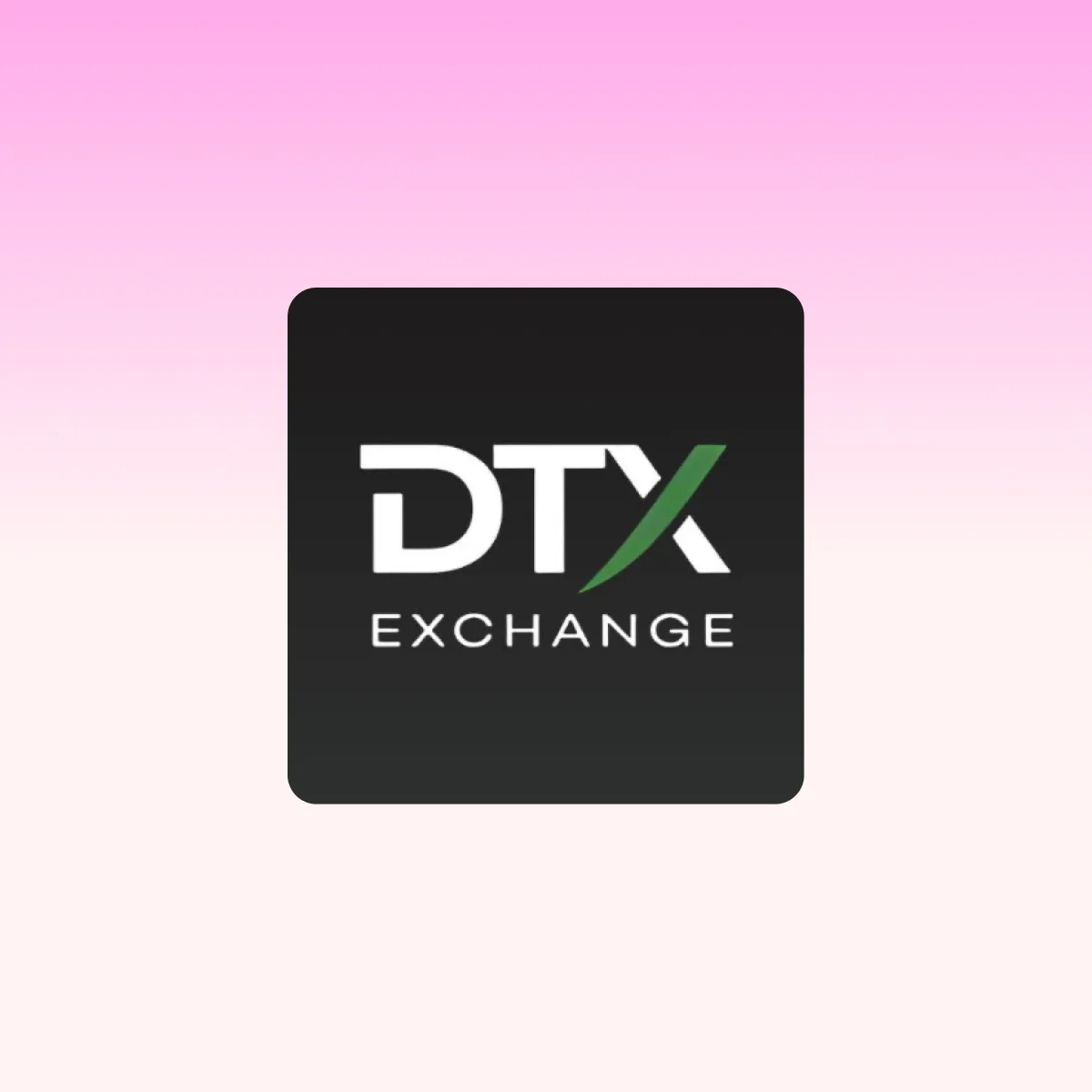
DTX Exchange is preparing for a 2025 debut. In a way, it is on a mission to transform digital trading. The primary goal of DTX is to:
- Capture market share in digital asset trading,
- Using advanced technology,
- Making strategic collaborations.
Its utility token, DTX, has already generated significant interest during its presale.
Trading Opportunities:
Early adoption of DTX Exchange offers access to exclusive digital trading tools and emerging digital assets. This makes it a key platform for those targeting new market exchanges in 2025.
What’s Driving the Launch of New Exchanges in 2025?
Several key reasons are driving the launch of new exchanges in 2025. They also ensure that new platforms address modern investor needs and provide smart solutions for analyzing liquidity in new markets. Let’s check them out:
| Reasons | Explanation | Example |
| Demand for Regional and Niche Markets |
and
|
|
| Technological Innovation |
|
|
| Regulatory Changes |
|
|
Stay ahead in volatile markets by using Bookmap to monitor real-time trading activity.
Trading Dynamics on New Exchanges: What to Expect
To do smart trading on new exchanges, you should understand several trading dynamics. Such an understanding is particularly promising for those who are exploring niche products or speculative ventures. Let’s see what you can expect while trading on new exchanges:
1. Lower Liquidity
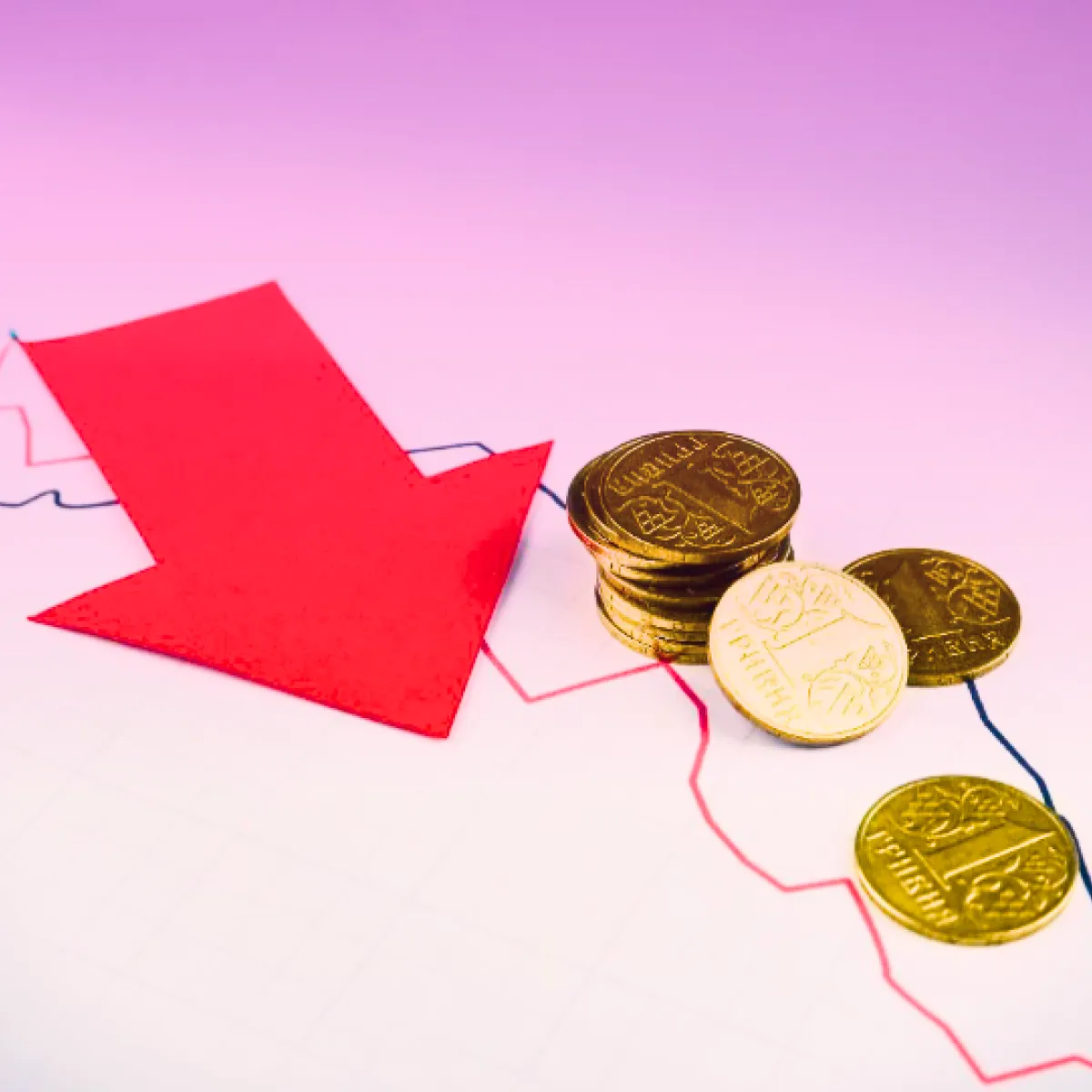
One of the main challenges for new market exchanges in 2025 is lower liquidity. Early in their operation, these platforms are expected to have fewer traders. This can lead to thin order books. Also, this implies there aren’t enough buyers and sellers at various price levels. Such a situation generally causes sharp price swings. Be aware that this effect is felt more during volatile periods like market openings.
Example:
- Let’s assume a new commodities exchange is starting operations.
- Early trading sessions experience large bid-ask spreads (the difference between the price sellers want and what buyers are willing to pay).
- This is because of the limited number of participants.
- Due to fewer participants, it becomes harder to match orders efficiently.
- For traders, this translates to higher costs when executing trades.
2. High Volatility
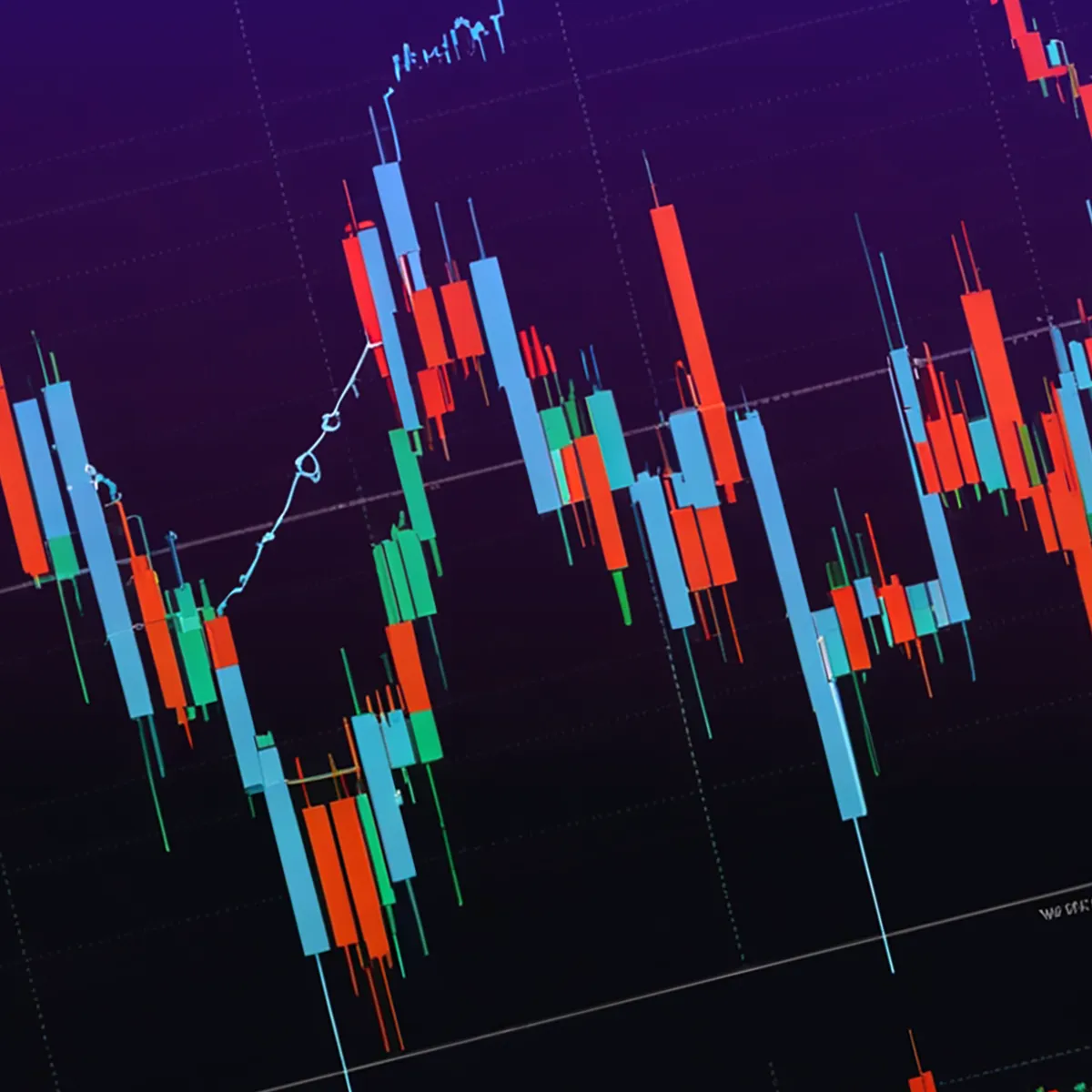
New exchanges often see a surge in speculative trading. This happens because investors try to capitalize on their initial momentum. Mostly, such speculative activity dominates trading patterns and leads to erratic price movements. Since prices are more sensitive to individual transactions in a thinly populated market, volatility tends to spike.
Example:
- Let’s assume a crypto exchange is launched.
- Now, early adopters rush to buy or sell new tokens.
- This creates dramatic price fluctuations.
- Also, such a launch attracts short-term traders.
- These traders look to generate quick profits.
3. Opportunities in Niche Products

Despite the challenges, new exchanges often specialize in unique or innovative products. These products usually cater to specific market demands. Some common niche offerings of these exchanges are:
- Fractionalized real estate tokens,
or
- Tokenized ETFs.
By providing exposure to alternative investment opportunities, these exchanges attract traders who are looking for diversification and the chance to participate in emerging trends.
Example:
- Say there is a launch of a platform focusing on fractionalized ownership of commercial properties.
- Now, this exchange allows small investors to access high-value assets traditionally reserved for large-scale institutions.
- Similarly, tokenized ETFs on a new exchange simplify trading diversified baskets of assets.
- This increases accessibility for retail participants.
Risks and Considerations When Trading on New Exchanges
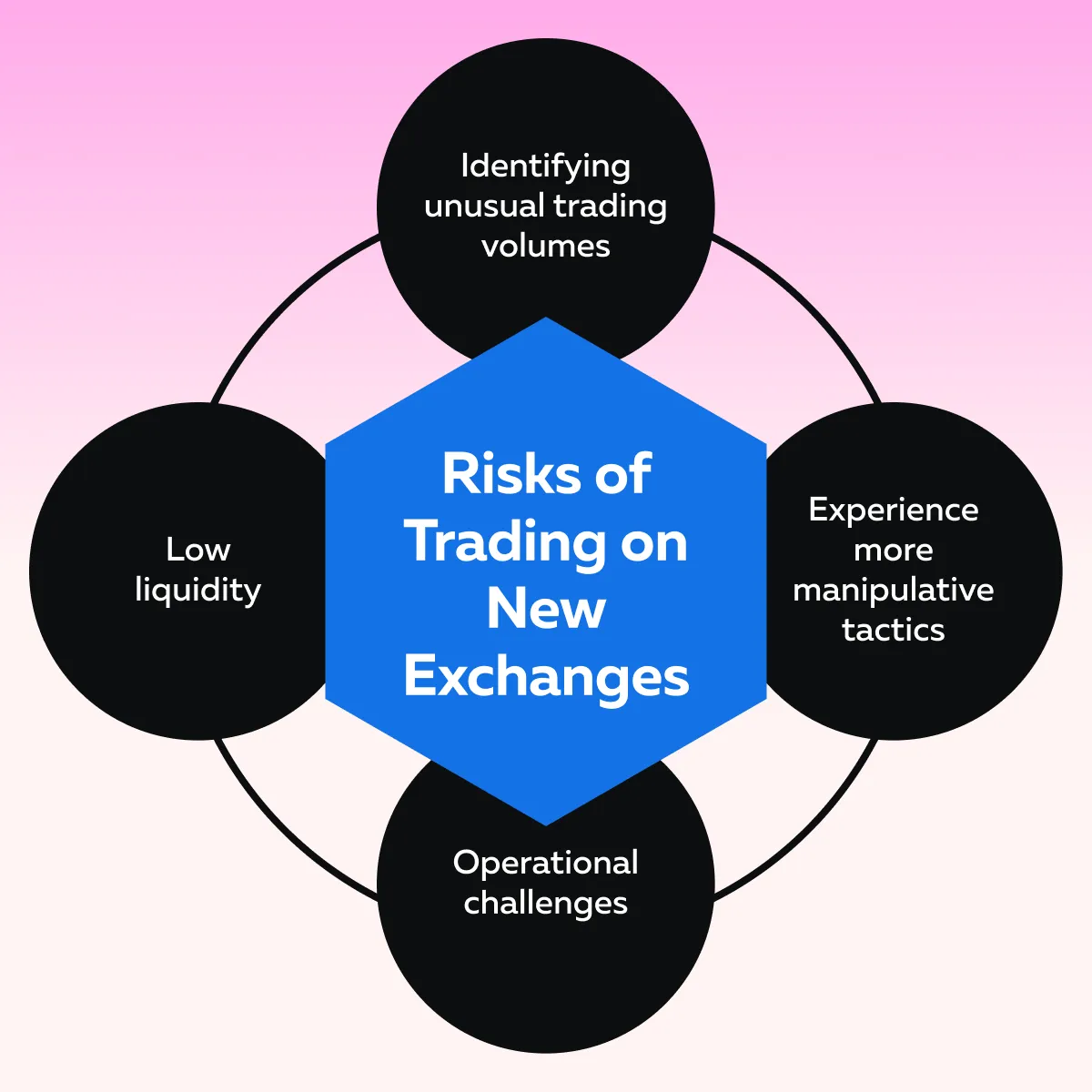
Trading on new exchanges offers exciting opportunities, but it also comes with unique risks. Check the graphic below to learn about some common issues:
To mitigate these risks, you can start using limit orders and diversifying trades. Also, verify platform compliance to make informed decisions. Let’s understand some major risks in detail:
Liquidity Risks
Early-stage exchanges face significant liquidity challenges. Usually, they have fewer participants and less trading volume. This low liquidity means that there aren’t sufficient buy and sell market orders at various prices. Such a situation leads to wide bid-ask spreads. Also, sharp price swings are more common in low-liquidity environments.
Example:
- Let’s assume a trader is entering a position in a newly listed token on a new market exchange in 2025.
- They experience significant slippage.
- This slippage occurs when the executed price of a trade deviates from the expected price due to insufficient buy-side or sell-side activity.
- Also, this results in higher costs or smaller profits than anticipated.
Mitigation Tips
To minimize the impact of low liquidity, you can use limit orders. These orders allow you to decide the maximum price you can pay (or the minimum price you can accept when selling).
This order type is different from market orders (which execute at the best available price). With limit orders, you can avoid unfavorable execution prices caused by the following:
- Sharp price swings
or
- Wide bid-ask spreads.
Regulatory Risks
New exchanges, especially in the crypto space, often face uncertainties regarding regulations. This lack of clarity leads to compliance issues or even sanctions if the exchange operates in a jurisdiction without proper licensing or adherence to local laws. For traders, this regulatory risk translates into heightened vulnerabilities. That’s because unexpected legal actions can hamper operations and access to funds.
Example:
- Let’s assume there is a crypto exchange that gets launched in 2025 and expands to a region with evolving cryptocurrency regulations.
- If it fails to comply with local requirements, it could face:
- Penalties,
- Operational halts, and
- Asset freezes.
- This leaves traders unable to access their holdings.
Mitigation Tips
Before trading on any exchange, take the following steps to minimize regulatory risks:
- Check for valid registration and licensing.
- Ensure the exchange complies with rules in your jurisdiction.
- Look for transparency in how the exchange handles regulatory obligations.
- Choose compliant platforms to minimize risks while exploring new market exchanges in 2025.
Counterparty and Operational Risks
It is worth mentioning that exchanges with limited operational history pose counterparty and operational risks. Such platforms also lack robust infrastructure. This leads to issues like:
- System outages,
- Inadequate customer support, and
- Vulnerabilities in security protocols.
Be aware that these risks get heightened during high trading activity or volatile market conditions.
Example:
- Let’s assume there is a newly launched crypto exchange.
- It experiences a sudden trading halt due to system overload during peak volatility.
- Such an outage leaves traders unable to execute transactions.
- It results in missed opportunities or financial losses.
Mitigation Tips
- Avoid concentrating your trading on a single platform. Instead, balance activity across both established and new exchanges.
- Research the platform’s history and security measures.
- Make operational reviews before committing significant funds.
Market Manipulation Risks
Newly launched exchanges often lack the rigorous oversight seen on established platforms. This makes them more vulnerable to manipulative trading activities. See the graphic below to learn about these tactics:
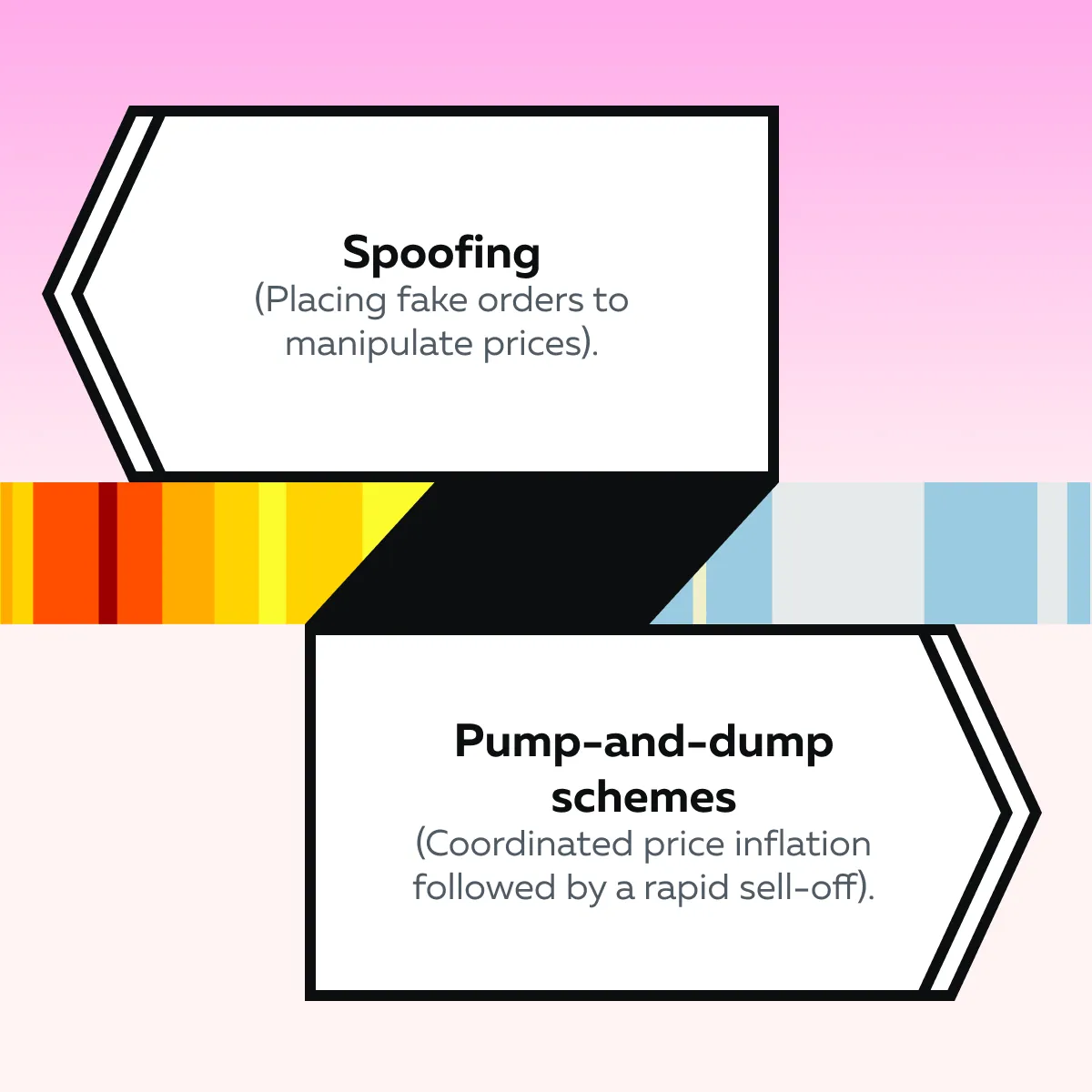
Usually, these tactics exploit low liquidity. For inexperienced traders, this mostly leads to significant financial losses.
Example:
- Let’s assume there is a lightly traded token on a new market exchange in 2025.
- A pump-and-dump group might target the token.
- Prices are artificially inflated as traders rush in.
- These prices crash as manipulators sell off their holdings.
- This leaves latecomers with devalued assets.
Mitigation Tips
- Use real-time market visualization tools, such as our platform, Bookmap, to analyze order flow and detect unusual activity.
- Focus on exchanges that implement anti-manipulation measures.
- Go for exchanges that have robust monitoring systems and regulatory compliance.
Technological Challenges
New exchanges often introduce unique features or interfaces. These can initially confuse traders. Moreover, this unfamiliarity increases the likelihood of execution errors, such as:
- Incorrect order placements,
or
These errors can be costly, especially in fast-moving markets.
Example:
- Let’s assume there is a crypto exchange launching in 2025.
- It introduces an innovative trading interface.
- Most of its features are designed for advanced functionality.
- However, traders unfamiliar with the layout place unintended orders.
- This causes unexpected outcomes.
Mitigation Tips:
- Start with small trades.
- Familiarize yourself with the platform’s design and tools.
- Study the tutorials or user guides provided by the exchange to ensure a smooth transition.
- Take time to test the platform. This helps you to explore better opportunities in new market exchanges in 2025.
Broader Market Risks
The success of new exchanges is often tied to the broader market environment. Launches during periods of macroeconomic uncertainty (such as recessions or geopolitical tensions) may face reduced participation. This happens as traders become more risk-averse. Also, this negatively impacts the exchange’s liquidity and trading activity.
Example:
- Let’s assume there is a 2025 crypto exchange launch during a global market downturn.
- Due to bad launch timing, this exchange struggles to attract enough traders.
- It leads to thin order books and limited price discovery.
Mitigation Tips
- Monitor global economic trends and indicators.
- Align your trading strategies with market conditions.
- Time your entries and exits strategically.
- Focus on periods of market optimism for higher participation and liquidity.
Conclusion
Trading on new exchanges in 2025 presents both opportunities and challenges. These platforms often provide access to innovative assets and niche markets. This makes them attractive for diversification and early adoption.
However, they also have several risks, such as:
- Low liquidity,
- Regulatory uncertainty,
- Market manipulation, and
- Operational challenges.
These risks should not be overlooked. Traders must approach these exchanges with caution. They should especially remain vigilant during their early stages when volatility and technical issues are more common.
Please note that to deal with these risks, you need to do the due diligence. You can do so by verifying the exchange’s compliance with regulations and testing its platform features. Also, start using advanced market analysis tools, like our platform, Bookmap, to monitor market activity for signs of manipulation. This allows you to stay informed about macroeconomic trends. Gain an edge in emerging markets with Bookmap’s liquidity analysis tools.
